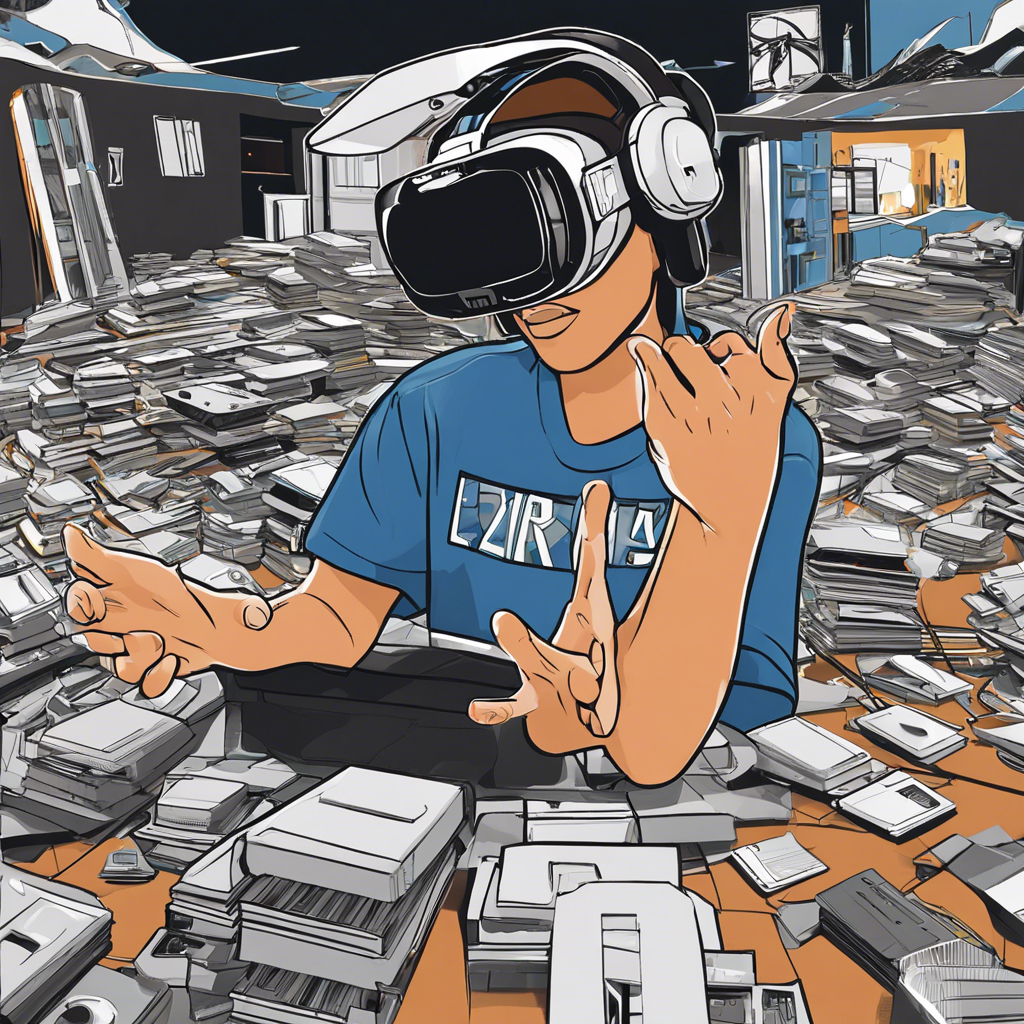**Virtual reality** **(VR)** **is an immersive technology that is changing the way we interact with the world. From gaming and entertainment to business and education, VR is revolutionizing the way we experience and engage with digital content. For those new to the world of VR, here is a beginner’s guide to understanding and navigating this exciting technology.**
VR transports users to a computer-generated environment, simulating a realistic experience through visuals and sounds, and sometimes even touch and smell. This immersive technology has been around for decades but has gained mainstream popularity in recent years due to advancements in hardware and software, making it more accessible and affordable for consumers. Today, VR is used in various sectors, including gaming, real estate, architecture, healthcare, and education, offering unique and engaging ways to interact with digital content.
To enter a VR world, users wear a headset or goggles that block out the physical world and replace it with a digital one. Hand controllers and gesture recognition allow users to interact with this virtual environment, offering a sense of presence and immersion. The technology has evolved to include haptic feedback, providing a sense of touch, and some systems even incorporate smell to create a fully immersive multisensory experience.
Gaming is arguably the most popular use of VR technology, with players able to step inside virtual worlds and interact with games in a more natural and intuitive way. However, VR’s applications extend far beyond gaming. In the real estate industry, for example, VR is used to create virtual tours of properties, allowing potential buyers to experience a space without physically visiting it. The technology is also used in architecture to visualize designs and in healthcare to treat phobias and provide rehabilitation.
Furthermore, VR is transforming the way we educate and train people. Students can now embark on virtual field trips, exploring historical sites and museums without leaving the classroom. VR also offers immersive training simulations for professionals, from surgeons to pilots, providing a safe and controlled environment to practice their skills.
The future of VR is promising, with ongoing advancements in hardware making the technology increasingly accessible. We can expect to see improvements in display technology, providing higher resolutions and wider fields of view, as well as more compact and comfortable designs. The development of haptic gloves and suits will further enhance the sense of touch, creating an even more immersive and realistic experience.
As VR continues to evolve, we will also see more innovative content and applications. The technology is already breaking down barriers and pushing boundaries, offering unique experiences that were once unimaginable. The potential for VR to impact our lives is immense, and it is an exciting time to dive into this immersive world and discover the endless possibilities it holds.
So, if you’re new to VR, now is the time to explore this fascinating technology. With affordable VR headsets and a growing range of content, you can easily step into immersive virtual worlds and discover a whole new way of interacting and engaging with digital media.
